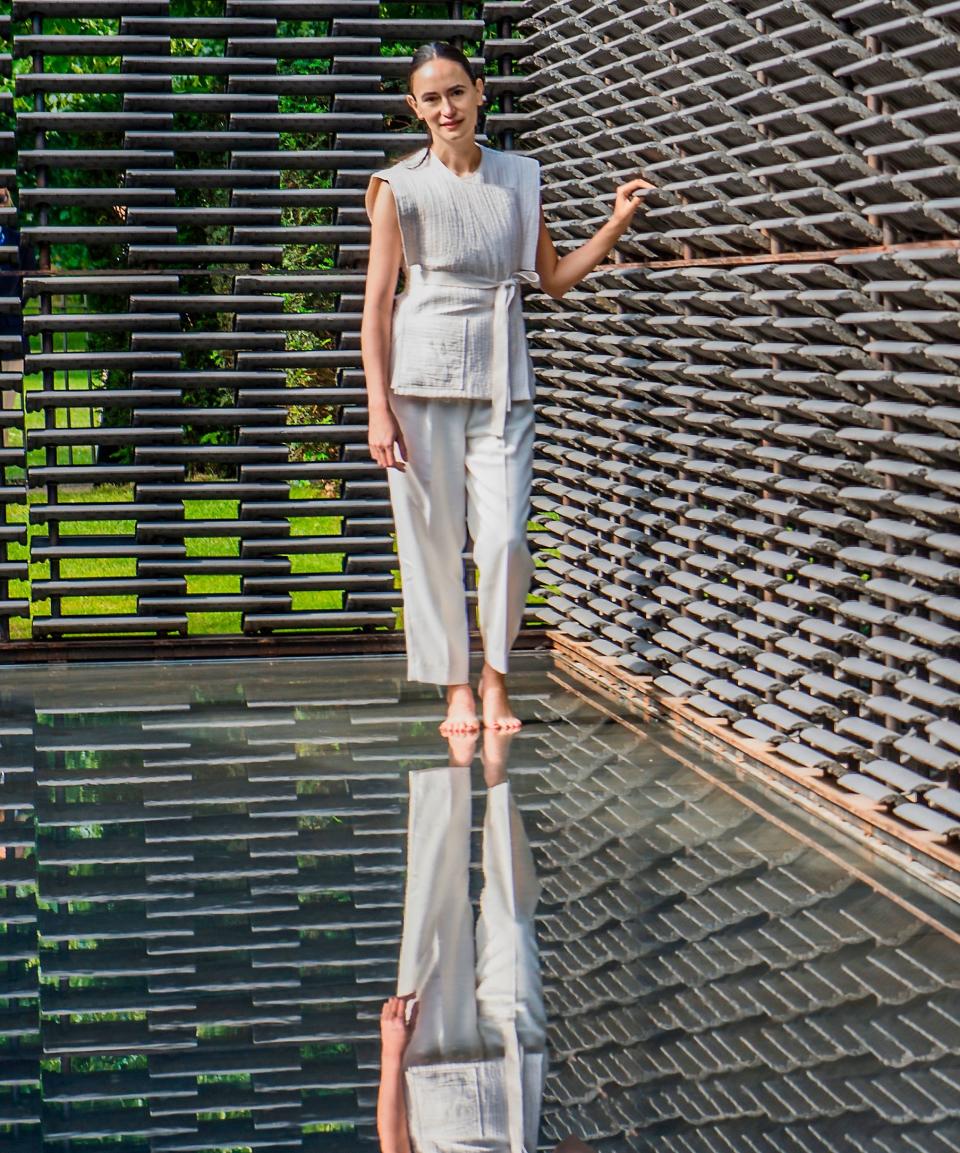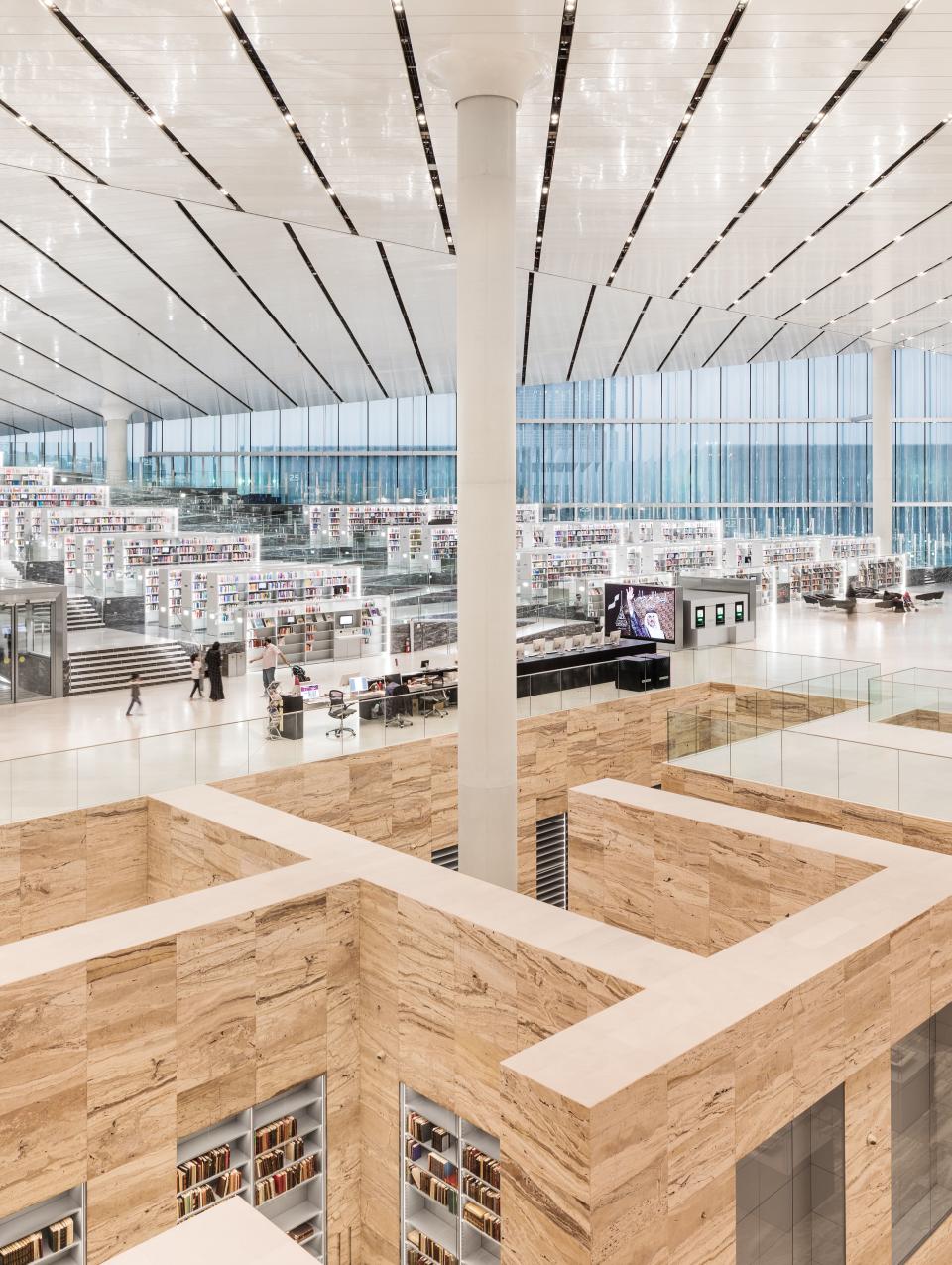Highlights from the Met's Year of Architecture in a Day
New York’s Metropolitan Museum of Art never felt more encyclopedic than during “In Our Time: A Year of Architecture in a Day,” an annual gathering of architects and thinkers from around the world — which drew a line out the door despite nearly Arctic temperatures. “It’s really an architecture biennale in a day,” Sheena Wagstaff, who heads the Met’s department of contemporary and modern art, told the overflow crowd in the museum’s Grace Rainey Rogers Auditorium. Architects flew in from Beijing, Amsterdam, Mexico City, Rotterdam, Holland, La Paz, Bolivia, and Seoul, South Korea, at the behest of curator Beatrice Galilee. True, one of the highlights of the day was Elizabeth Diller, the New York–based architect, discussing her recent Mile-Long Opera, during which 1,000 singers performed on the High Line for seven nights last summer. But as Diller pointed out, “the High Line has gone viral,” with imitators in cities around the world.
There were many light moments during the nearly eight hours of presentations. Diller said that after helping to create an opera, “I now fully believe in doing things you’re unqualified to do.”

9709597j
Mexican architect Frida Escobedo, said that when she got an email marked “Invitation” from London’s Serpentine Gallery in late 2017, she ignored it, thinking she was being invited to subscribe to something. In fact, she was being asked to design the gallery’s summer pavilion, an honor that has gone to architects like Jean Nouvel, Daniel Libeskind, and Zaha Hadid. Escobedo—who, luckily, received a follow-up email—became the youngest person to design a Serpentine Pavilion. Playing off the nearby prime meridian, her building suggested new ways of thinking about time and space.

And when Ellen van Loon of Rotterdam-based OMA got a letter from a petroleum company in Qatar, she was bemused. “I’m the only female partner in the office, and I wasn’t really sure that in Qatar a woman could play as substantial role in projects as I’m used to," the architect confessed. But after she failed to interest any of the firm’s male partners in answering the letter, she scheduled a trip to Qatar, where she ended up designing a vast National Library. The building, as long as two Boeing 747s, has become a rare public gathering place for Qatari families. It also contains hundreds of thousands of books. After years of digital overkill, “We have a feeling that physical things are becoming important again,” she said.
Kunlé Adeyemi, who is based in Amsterdam, showed two projects he hopes will help address the challenges of climate change and urbanization—which together, he believes, will make “the future of humanity more aquatic.” In 2013 he created a floating school in Makoko, part of Lagos, Nigeria, which gained international acclaim—perhaps even more so when it collapsed after three years. Still, he believes, the project taught lasting lessons. “We developed a simple system for people to build buildings on the water," he says.
Ma Yansong, whose Lucas Museum of Narrative Art is under construction in Los Angeles, showed the site of a large housing development in Huangshan, China. The scenery, he noted, is so beautiful “it’s almost criminal to build anything here.” But, he said, he did his best to fit ten apartment towers into the landscape, giving them the contours of a mountain range.
Minsuk Cho showed parts of a project to give the DMZ (demilitarized zone)—a 2.5-mile-wide strip of land between North and South Korea—two underground archives, one for nature (a seed bank) and one for knowledge. The most subtle architecture of the day, though, was a chapel on an island in Venice, consisting of just two essentials—a bench and a cross—of mirrored stainless steel. The least subtle had to be the series of nearly 80 brightly colored buildings that self-taught architect Freddy Mamani has designed in El Alto, Bolivia, reclaiming motifs and colors of that country’s indigenous cultures. Before he came along, the city’s architecture was “too sober,” Mamani said through a translator. Now its colors, he said, “bring people joy.”
More from AD PRO: Has Instagram Made Design Shows Better?
Sign up for the AD PRO newsletter for all the design news you need to know

